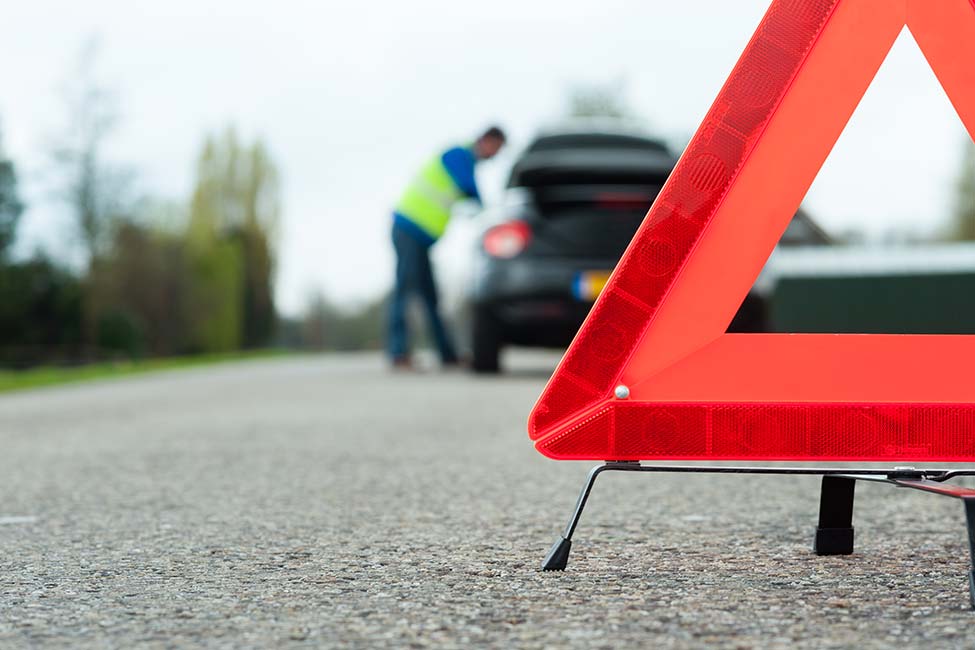Check that your vehicle is safe to drive
Every time you drive, you should check that the windscreen, windows and mirrors are clean. You should also be certain that all the lights work and that the brakes are in full working order.
Your car’s handbook will indicate how often to make other checks and when to service the car. Regular checks include engine oil, the water level in the radiator, brake fluid level, battery, windscreen and rear window washer bottles -top up with windscreen washer fluid when necessary. The tyre tread must have the correct depth and be free of cuts and defects. For cars, light vans, and light trailers, the tread depth should be 1.6 mm.
What is roadworthiness?
The term ‘roadworthy’ refers to whether or not a vehicle is deemed fit and appropriate to be used on the road and that it follows safety and performance guidelines. This is tested during a vehicle’s MOT (Ministry of Transport) test.
In order to be roadworthy, your vehicle must meet certain standards. The following components must be working correctly and effectively:
- front and rear lights
- hazard and fog lights
- brakes and brake fluid level
- car batteries
- engine oil level
- windscreen wipers and wiper fluid level
- indicators
What is an MOT test?
An MOT test determines a vehicle’s roadworthiness, which a car can either pass or fail. Cars can often be repaired to meet the required standards and then re-tested. However, it is important to sustain roadworthiness by staying on top of vehicle maintenance from the start. New cars don’t need an MOT until the third anniversary of registration.
In addition to the previously mentioned components, an MOT test will also check:
- axles, wheels, tyres and suspension
- electrical wiring
- body, structure and attachments (including exhaust system, seats and doors)
- exhaust emissions
- fuel system
- horn
- number plates
- seatbelts
- speedometer
- steering
- brake fluid contamination
- brake pad warning lights
- daytime running lights
- reversing lamps
If a vehicle fails its MOT, has no dangerous problems but maintains the basic roadworthiness standards, it can still be driven away. If your car fails its MOT with dangerous or major problems, you might not be allowed to drive it until these are fixed. You will receive a ‘refusal of MOT’ certificate, which is recorded in the MOT database. As well as a driving ban and 3 penalty points on your licence, you can be fined up to £2,500 if you drive a vehicle deemed ‘dangerous’.
You can be fined up to £1,000 for driving a car without a valid MOT. MOT information is linked to the car’s registration number in the Automatic Number Plate Recognition (ANPR) system, and cars without valid certificates will be flagged by police.
Recommended equipment
In the UK, carrying a warning triangle, first-aid kit, fire extinguisher and reflective jacket is recommended in case of a breakdown, but it is not compulsory. Do not use a warning triangle for motorway breakdowns.
A spare wheel is not a legal requirement, but it is highly advisable to carry one, along with a jack. Your spare wheel must have a tread of 1.6 mm and be inflated to a suitable pressure. Driving on tyres with insufficient tread can lead to a fine of up to £2,500 and 3 penalty points.
Check that your car is roadworthy each time you drive. You should also regularly check the condition of your tyres and ensure the proper functioning of the vehicle’s lights. Happy driving with ViaMichelin!
